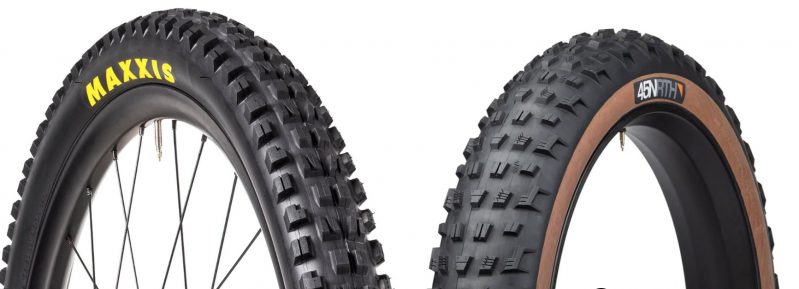Offseason Triathlon Training Tips
You’ve raced in a triathlon, or several. You have completed your inaugural triathlon season, or perhaps your twentieth. What now?
A triathlete’s offseason is a time to rest, refresh, plan and prepare for the next season. It is a great time to think about fitness, rather than racing.
We consider … Read More










